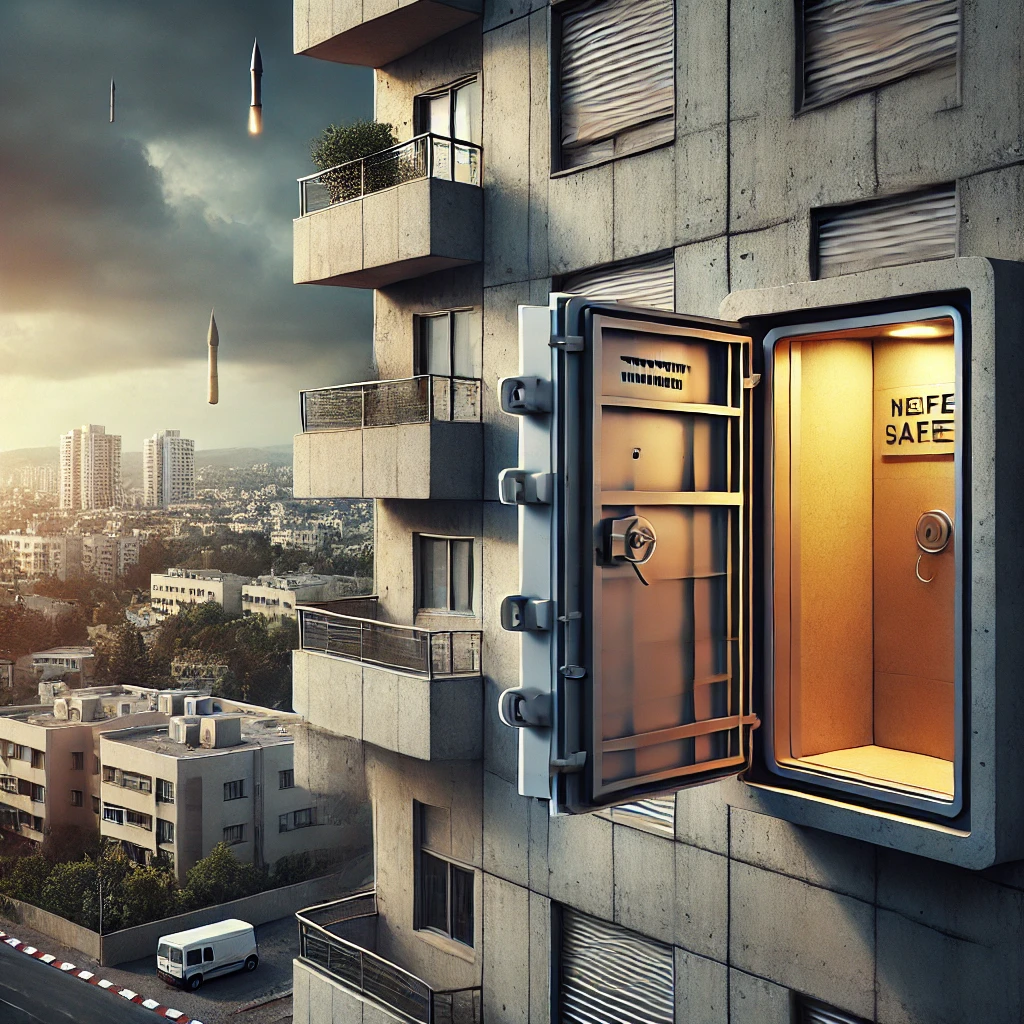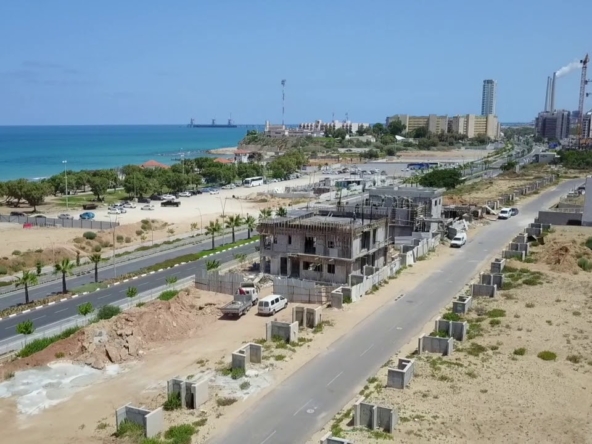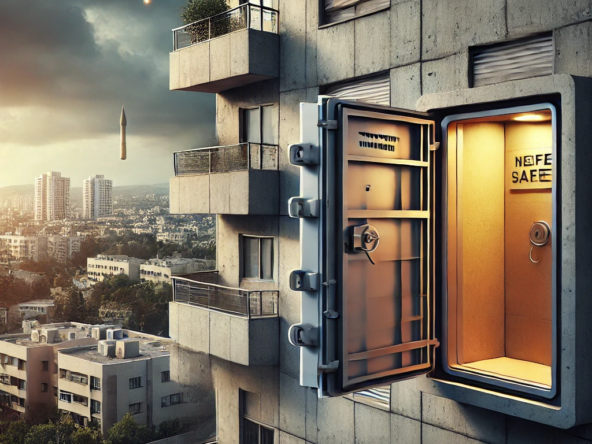Israel has lived since its creation with a reality made up of wars, rockets, predicted earthquakes, and security uncertainties. Rather than succumbing to fear, the country has transformed this constraint into a visionary constructive norm, reinforced safe rooms. Every new home must include a reinforced room, called Mamad – a space designed as a true safe room.
This choice, mandated by law since the 1990s, is not just an architectural detail. It is a strategic decision that has changed the way the Israeli home is conceived. The reinforced concrete walls, steel doors, and waterproof windows do not only protect against rockets. They embody a culture of resilience and preparedness.
The Mamad: More than a Room, a Symbol
The primary function of these rooms was military. They were meant to withstand shell fragments and airstrikes. But very quickly, their role expanded. Earthquakes, floods, and structural collapses have demonstrated their universal utility.
In a country where every citizen knows the alert siren, the Mamad has become as essential as a kitchen or a bathroom. One does not ask if one should have one, but only how to furnish it. Library, playroom, or office on a daily basis, it transforms into a refuge as soon as an emergency strikes.
A Lesson for a Fragile World
The Israeli model has a global reach. The planet today lives under the pressure of a new threat: climate change. Hurricanes ravage Florida, wildfires threaten California, floods hit Southeast Asia. The question is no longer whether a disaster will occur, but when.
In this context, the Israeli logic makes perfect sense. Building survival spaces integrated into homes could prevent human and financial tragedies. In Florida, for example, where mass evacuations are becoming routine, the existence of safe rooms in every house would help reduce chaos. Residents would no longer need to flee. They would stay at home, protected, safe.
The Comparison with American Disasters
Hurricane Ian in 2022 cost nearly $113 billion in the United States. Behind this staggering figure are broken lives, neighborhoods wiped off the map, displaced families. And an obsessive question: could human damage have been limited with different building standards?
In Israel, adding a Mamad to a house represents an additional cost of $5,000 to $10,000. Compared to the billions spent after each storm in the United States, the investment seems trivial. The equation is simple: spend a little today to save a lot tomorrow.
An Invaluable Psychological Security
Beyond the numbers, there is a more intimate dimension: the feeling of security. For a family, knowing that there is an inviolable space in the house changes everything. It is not just a matter of physical survival. It is the certainty of being able to protect one’s children, of not reliving the anxiety of a hasty evacuation or an overcrowded shelter.
In Israel, this comfort has become cultural. Children learn very early to head to the Mamad as soon as the siren sounds. The habit reassures. It provides a framework for fear.
Towards Global Normalization
The great lesson of the Israeli model lies in its normalization. The Mamad is not an option for a few privileged individuals, but a legal obligation. This radically changes the game. Where other countries settle for recommendations, Israel imposes a rule that saves lives.
States exposed to hurricanes, tornadoes, or earthquakes should follow this path. Making the integration of safe rooms in all new constructions mandatory is to build a safer future. The idea could even extend to schools, hospitals, and shopping centers.
Technological Innovation for Protection
The concept should not remain static. The safe rooms of tomorrow could integrate independent ventilation systems, anti-pollution filters, and autonomous electric generators. One can imagine walls capable of resisting not only explosions but also fires or prolonged flooding.
Israel, a pioneer in the field, is already experimenting with lighter materials and modular solutions suitable for older buildings. This ongoing research paves the way for a new generation of domestic refuges.
The Cost of Inaction
Every natural disaster brutally reminds us that the price to pay is not only economic. Behind the billions in losses lie thousands of destroyed lives. Ignoring the Israeli lesson is to accept that these tragedies will repeat.
Conversely, adopting a proactive policy is to transform vulnerability into resilience. It is to build cities capable of facing the 21st century without sinking into panic at every alert.
Building a Resilient Future
Israel did not choose the Mamad for comfort. It chose this path out of necessity. But this necessity is becoming universal. What military threats imposed on Tel Aviv or Haifa, climate change imposes today on Miami, New Orleans, or Tokyo.
Safe rooms are no longer just a symbol of Israeli survival. They can become the tool for a global constructive revolution. A revolution where the home is not just a place to live, but also a shield against crises.
Conclusion
The Israeli model shows that a society can integrate security into the architecture of daily life. Safe rooms are not a local whim, but a universal response to contemporary threats. Florida and other vulnerable regions have a historic opportunity: to adopt this standard before the next disaster once again reminds us of the cost of unpreparedness.



